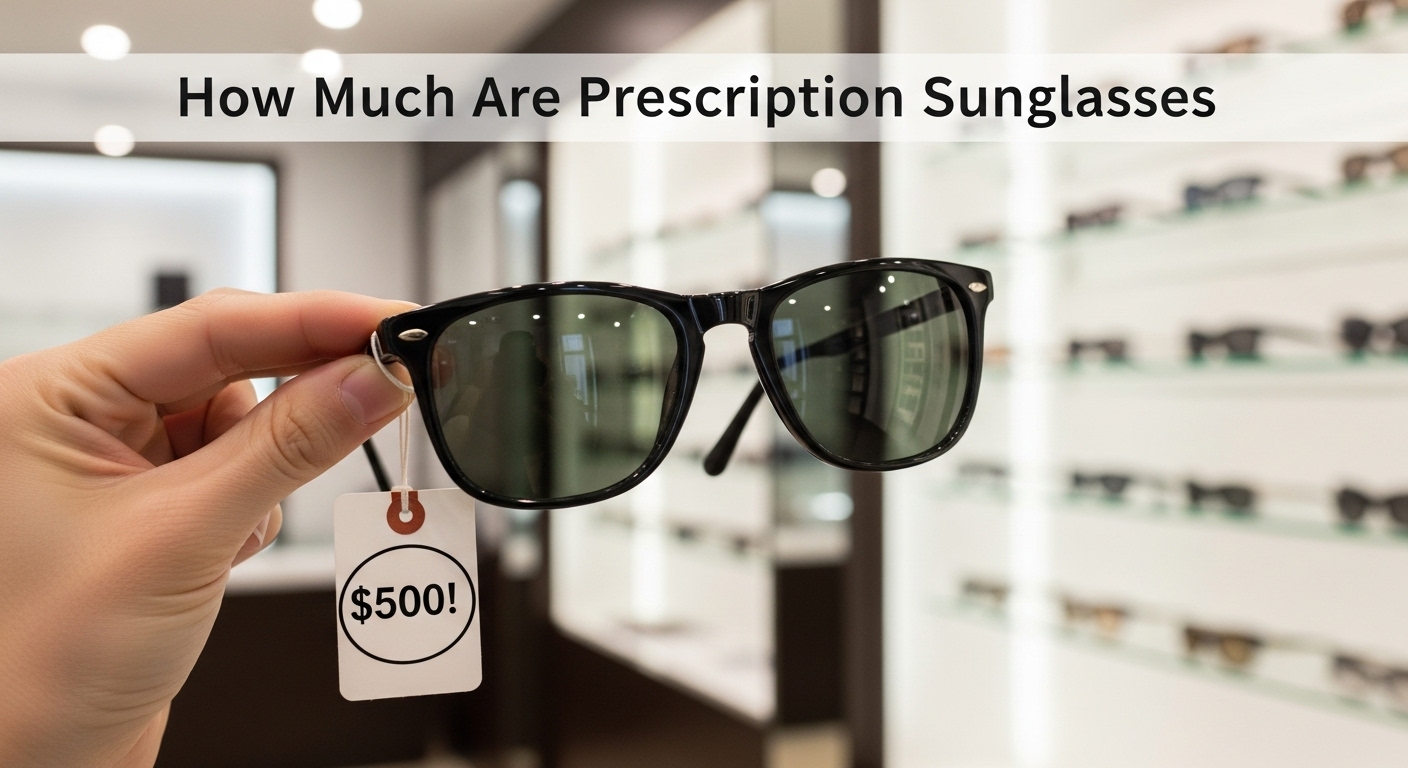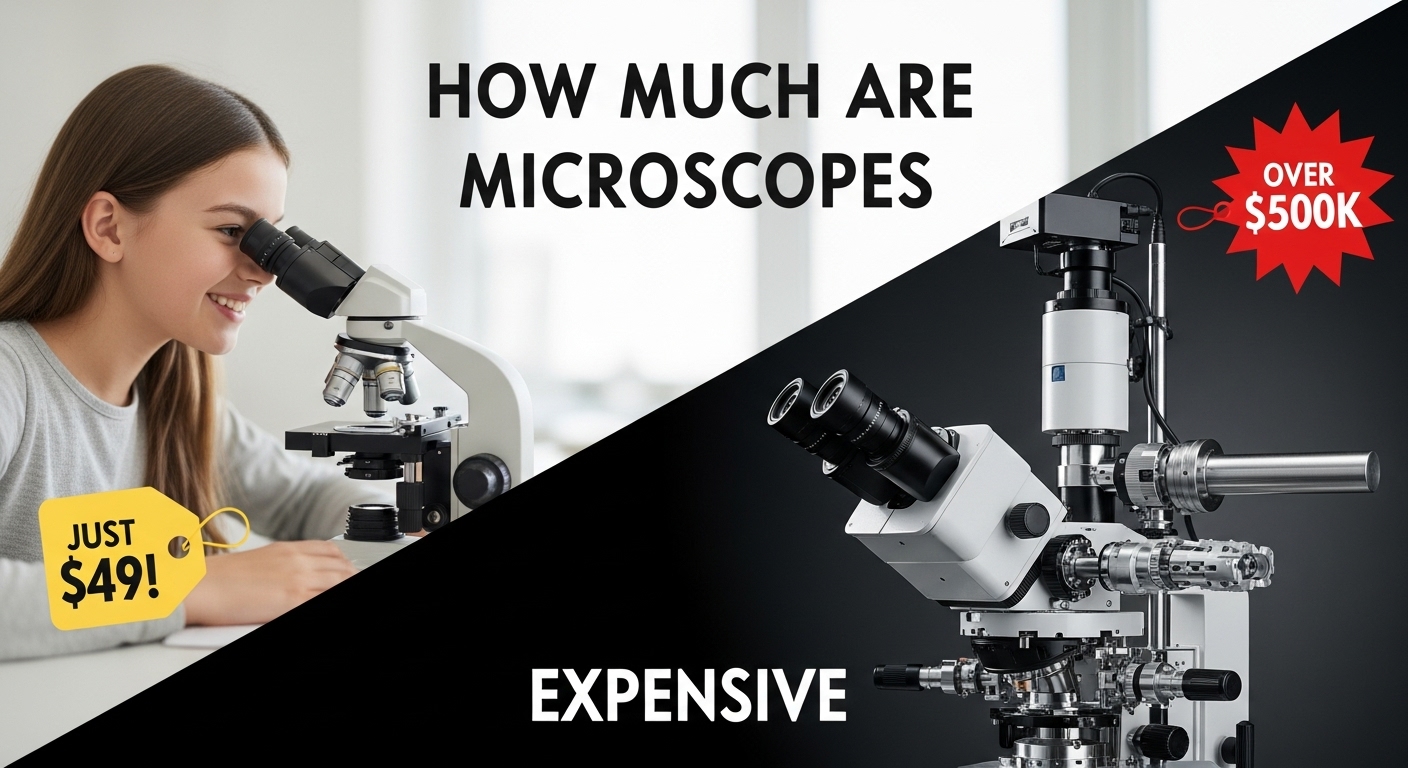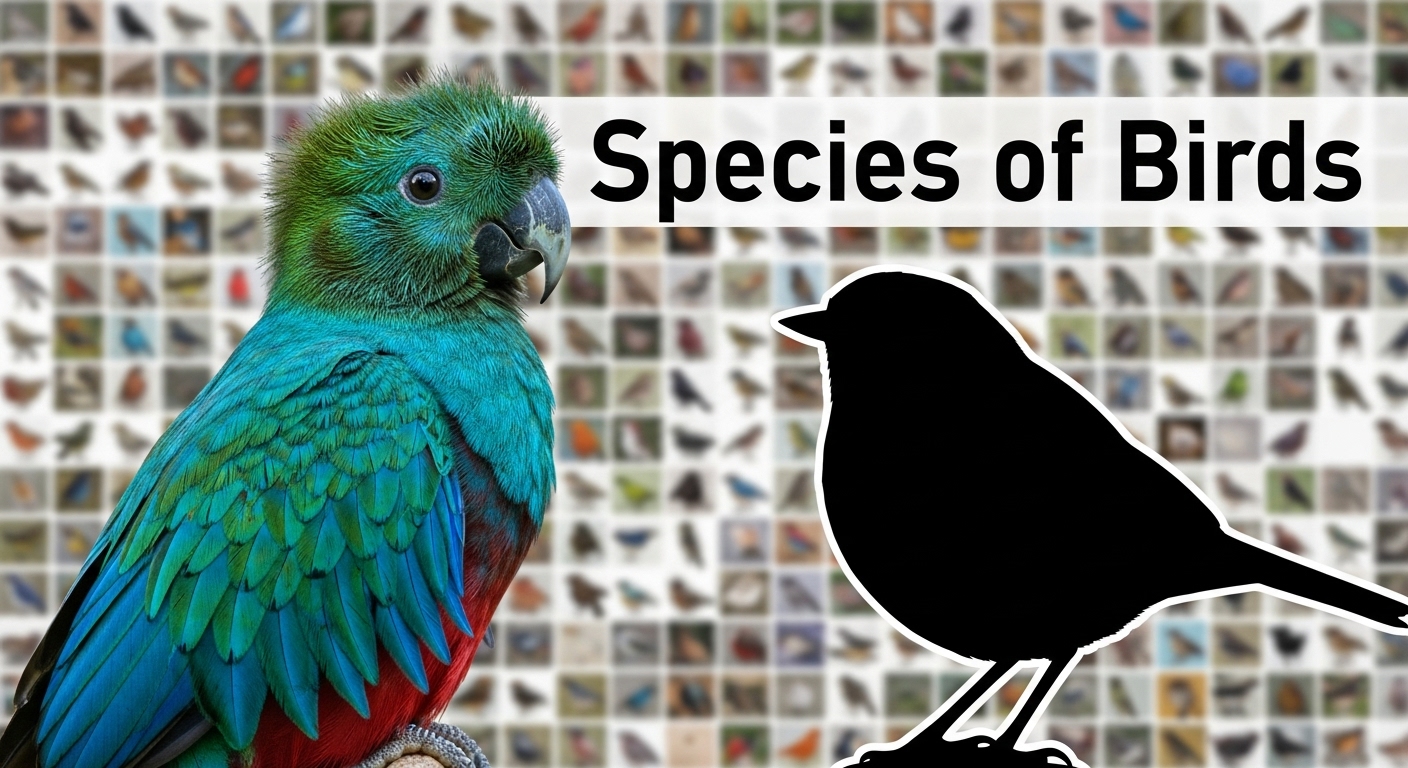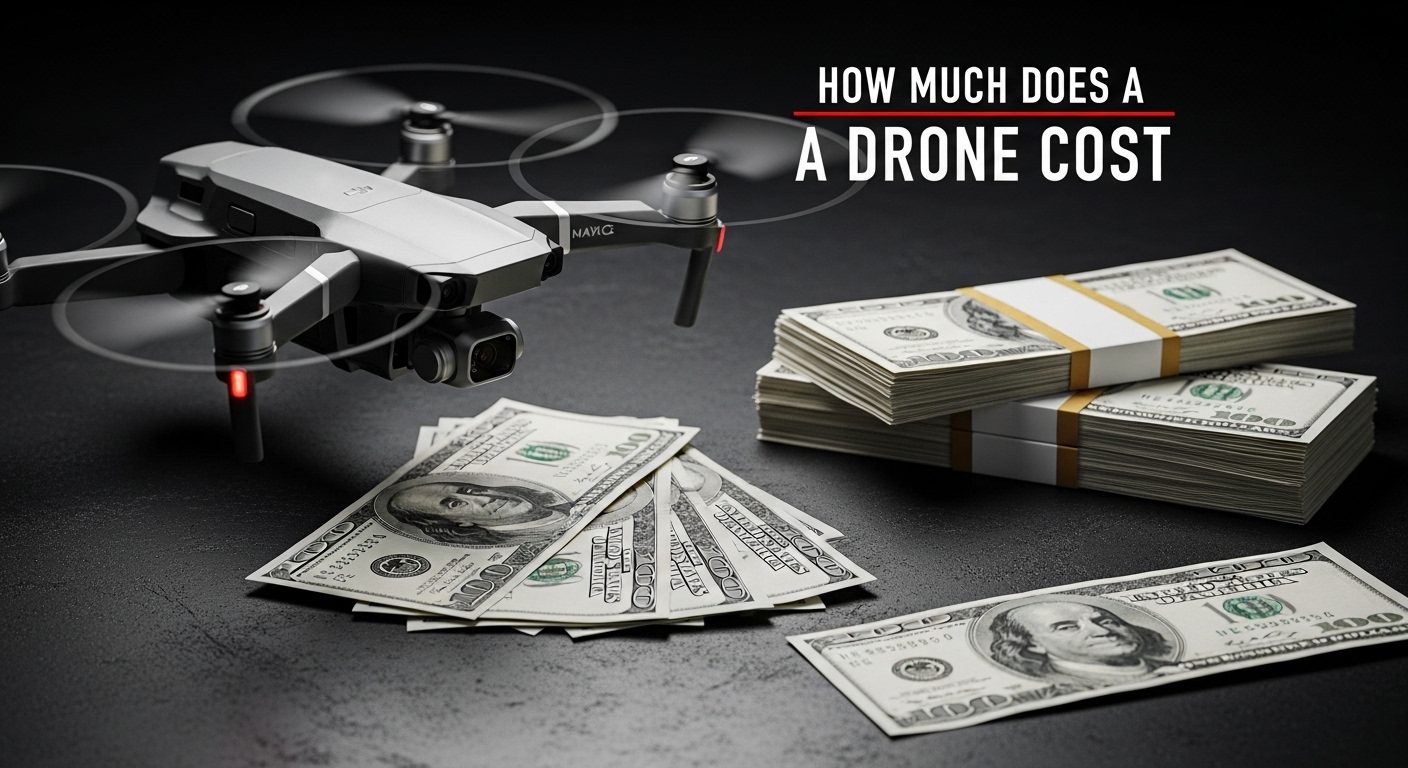

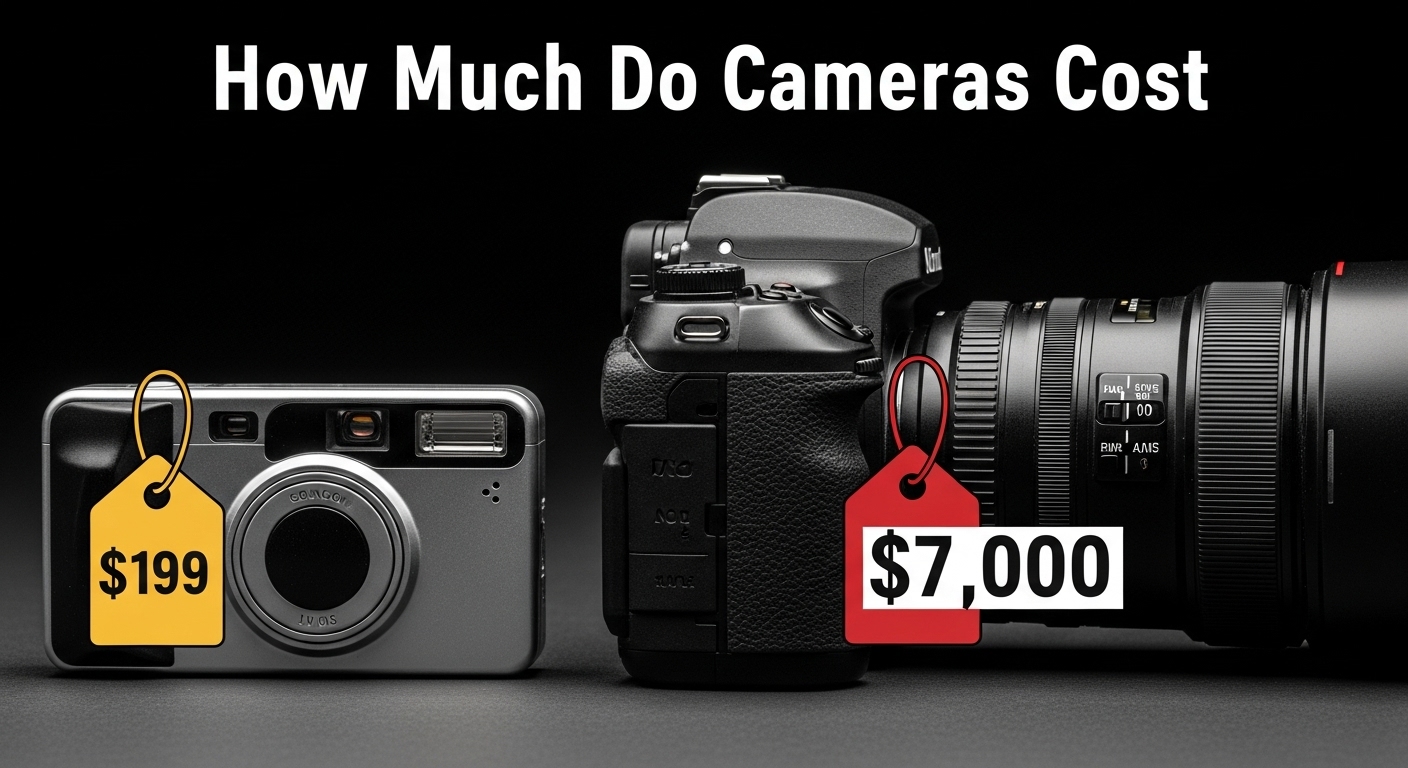

After helping dozens of photographers choose their first camera, I’ve seen too many people make the same mistake I did – buying a $600 camera body only to realize they needed another $400 for lenses, batteries, and memory cards. Understanding camera costs goes far beyond the price tag on the box.
Digital cameras cost between $100 for basic point-and-shoot models to over $8,000 for professional full-frame systems, with most photographers spending $500-2,500 for their complete setup including essential accessories.
In this comprehensive guide, I’ll break down exactly what you can expect to spend at every level, help you understand where your money goes, and reveal the hidden costs that catch most beginners by surprise. Whether you’re just starting out or looking to upgrade, you’ll learn how to budget smartly and avoid the costly mistakes I’ve seen countless photographers make.
From my experience testing cameras across all price points, I’ve learned that spending more doesn’t always mean better photos – but understanding what you’re paying for does. Let me show you exactly what to expect at every budget level.
Before diving into specific camera types, here’s a quick reference table showing typical price ranges you’ll encounter in 2025. These ranges reflect current market prices and include both body-only and kit options where applicable.
| Camera Type | Entry-Level Range | Mid-Range Range | Professional Range | Best For |
|---|---|---|---|---|
| Point-and-Shoot | $100-$300 | $300-$600 | $600-$1,200 | Travel, casual use |
| DSLR | $400-$800 | $800-$2,000 | $2,000-$6,000+ | Beginners to pros |
| Mirrorless | $500-$1,000 | $1,000-$2,500 | $2,500-$8,000+ | All skill levels |
| Action Camera | $100-$300 | $300-$500 | $500-$700 | Sports, adventure |
| Instant Camera | $50-$100 | $100-$150 | $150-$200 | Social, fun photography |
Remember, these prices are just for the camera body. The total cost of ownership typically runs 2-3 times higher when you factor in lenses, accessories, and ongoing maintenance. Now let’s break down each camera type in detail.
Point-and-shoot cameras are perfect for beginners or as secondary cameras for enthusiasts. I’ve seen these evolve dramatically over the past few years – even budget models now offer features that were premium just five years ago.
Basic models from Canon, Sony, and Nikon start at $100-300 and offer automatic everything with decent image quality for social media sharing. These cameras weigh less than a pound and slip easily into your pocket. While they won’t match smartphone quality in bright light, they still offer better zoom capabilities and physical controls.
Mid-range point-and-shoots ($300-600) like the Canon PowerShot G7 X series and Sony RX100 models offer larger sensors and manual controls. I’ve recommended these to travelers who want better quality than their phone without carrying interchangeable lenses. The 1-inch sensors in these cameras produce noticeably better images, especially in low light.
Premium compact cameras ($600-1,200) approach mirrorless quality in a pocketable package. The Sony RX100 VII and Canon PowerShot G5 X offer advanced autofocus, 4K video, and RAW shooting capabilities. These are ideal for enthusiasts who already own a bigger system but want something more portable for everyday carry.
Despite the mirrorless revolution, DSLRs still offer incredible value, especially for beginners. I’ve seen countless students start with entry-level DSLRs and produce stunning images that rival much more expensive mirrorless cameras.
Entry-level DSLRs ($400-800) include models like the Canon EOS Rebel T7 and Nikon D3500. These cameras often come with kit lenses (typically 18-55mm) and provide everything a beginner needs to learn photography. The optical viewfinder and excellent battery life (often 800+ shots per charge) make these perfect for learning fundamentals.
Mid-range DSLRs ($800-2,000) offer better build quality, more advanced autofocus systems, and improved low-light performance. Models like the Canon EOS 90D and Nikon D7500 provide professional features at consumer prices. I’ve seen enthusiasts use these cameras for years without needing upgrades – they’re that capable.
Professional DSLRs ($2,000-6,000+) like the Canon EOS 5D Mark IV and Nikon D850 represent the pinnacle of traditional DSLR technology. These cameras offer full-frame sensors, weather sealing, and robust build quality that withstands professional use. While many pros are switching to mirrorless, these cameras still deliver exceptional results and often come at significant discounts as manufacturers phase them out.
Mirrorless cameras represent the future of photography, offering smaller bodies with professional features. I’ve tested dozens of models across all price points, and the value proposition keeps getting better each year.
Entry-level mirrorless cameras ($500-1,000) like the Sony a6100 and Canon EOS R100 provide excellent image quality in compact bodies. These cameras are perfect for beginners who want to grow into the system – the electronic viewfinder makes it easy to see exposure changes in real-time. Many content creators love these models for their video capabilities and compact size.
Mid-range mirrorless cameras ($1,000-2,500) represent the sweet spot for most enthusiasts. Models like the Sony a6400, Fujifilm X-S20, and Canon EOS R50 offer advanced autofocus, excellent image stabilization, and 4K video. I’ve seen professionals use these as backup cameras and enthusiasts who never need to upgrade beyond this level.
Professional mirrorless cameras ($2,500-8,000+) like the Sony a7R V, Canon EOS R5, and Nikon Z9 offer uncompromising performance with full-frame sensors, lightning-fast autofocus, and professional video features. These cameras represent significant investments but deliver capabilities that were unimaginable just five years ago. The high-resolution models (45-61 megapixels) appeal to landscape and commercial photographers, while the speed-focused models excel for sports and wildlife.
Action cameras serve specific needs but do their job exceptionally well. I’ve used action cameras for everything from skiing trips to underwater photography, and their durability continues to amaze me.
Basic action cameras ($100-300) from GoPro, DJI, and Insta360 offer 4K video and excellent stabilization. The DJI Osmo Action series provides excellent value with front-facing screens for vlogging. These cameras are virtually indestructible and waterproof out of the box.
Professional action cameras ($500-700) like the GoPro Hero 12 Black offer advanced features like hypersmooth stabilization, 5.3K video, and streaming capabilities. I’ve seen content creators use these as their primary cameras for travel vlogging due to their wide-angle perspective and ruggedness.
Instant cameras have made a huge comeback, especially among younger photographers. I love these for parties and events because they create tangible memories that digital photos can’t match.
Fujifilm’s Instax Mini series dominates this market with models from $50-150. These cameras are incredibly fun at social gatherings – I’ve brought mine to birthday parties and everyone wants to try it. The film costs about $0.70 per shot, so factor that into your budget if you plan to use it regularly.
Premium instant cameras like the Lomography Lomo’Instant ($150-200) offer creative controls and multiple exposure capabilities. These appeal to photography enthusiasts who want more artistic control while still enjoying the instant print experience.
Understanding why cameras cost what they do helps you make smarter purchasing decisions. After testing hundreds of cameras, I’ve identified five key factors that drive pricing.
The camera sensor is the digital equivalent of film, and its size dramatically affects image quality and price. Larger sensors capture more light, producing better images in low light and more detail. Here’s how sensor sizes typically impact pricing:
I’ve seen APS-C cameras produce professional-quality images in good light, but full-frame sensors truly shine in challenging conditions. The price jump is significant – is it worth it? For professionals shooting weddings or events, absolutely. For enthusiasts, it depends on your specific needs.
Different brands position themselves at various price points based on their reputation and target market. Canon and Nikon dominate the professional market and command premium prices for their flagship models. Sony has gained market share through innovation, often pricing their mirrorless cameras competitively to gain market entry.
Fujifilm appeals to enthusiasts with retro designs and excellent color science, while Panasonic focuses on video creators. DJI dominates the action camera space but has expanded into traditional cameras with unique form factors. Each brand has its strengths – I recommend choosing based on features rather than brand loyalty.
Specific features can add hundreds or thousands to a camera’s price. Video capabilities significantly impact cost – cameras that can shoot 4K at 60fps or 8K video typically cost $500-1,000 more than stills-focused models.
Autofocus systems represent another major price factor. Advanced AI-powered autofocus with eye detection for humans and animals adds $300-800 to the price. In-body image stabilization (IBIS) typically adds $200-500 but can justify the cost through sharper images and smoother video.
Build quality and weather sealing add $200-500 to professional models. While expensive, these features can save you thousands in repair costs if you shoot in challenging conditions. I’ve seen weather-sealed cameras survive rainstorms that would destroy consumer models.
While megapixels aren’t everything, they do affect price. Most cameras offer 20-24 megapixels, which is plenty for most users. Jumping to 30-40 megapixels typically costs $500-1,000 more and appeals to landscape photographers who make large prints. Ultra-high resolution cameras (50-100+ megapixels) can cost $2,000+ more and serve specialized professional needs.
From my experience, 24 megapixels is the sweet spot for most photographers. It provides enough resolution for cropping and large prints without requiring expensive memory cards and computers to handle the files.
The camera body is just the beginning. Based on forum discussions and my own experience, the total cost of camera ownership typically runs 2-3 times the initial purchase price over the first year. Here’s what you need to budget for:
If you buy an interchangeable lens camera, you’ll need additional lenses beyond the kit lens. A versatile walk-around lens costs $300-800. Specialized lenses for portraits, wildlife, or macro photography start at $600 and can exceed $3,000 for professional-grade glass.
I’ve seen photographers spend more on lenses than their camera body over time. Good lenses hold their value better than camera bodies and often have a bigger impact on image quality. A common strategy is to start with a kit lens, then add a 50mm prime lens ($200-500) for better low-light performance and portraits.
These items aren’t optional – you’ll need them before you can start shooting seriously:
These essentials add $300-500 to your initial budget minimum. I’ve made the mistake of underbudgeting for accessories and had to delay my first photography trip because I forgot spare batteries.
Editing software is essential for getting the most out of your photos. Adobe Creative Cloud Photography Plan costs $120/year and includes Lightroom and Photoshop. Alternative options range from free (Darktable) to $300/year (Capture One).
Storage adds up quickly. A single 64GB memory card costs $30-50 and holds about 1,200 RAW files. You’ll need external hard drives ($100-300) for backup. Cloud storage for photos costs $100-300/year depending on your needs.
Cameras need periodic maintenance. Sensor cleaning costs $50-100 if you’re not comfortable doing it yourself. Shutter replacements on DSLRs run $300-600. Out-of-warranty repairs often cost $400-800, sometimes approaching the value of the camera itself.
I’ve seen photographers spend $500-1,000 on maintenance and repairs over a camera’s lifetime. Professional cameras might need annual servicing at $200-400 to maintain reliability.
Camera insurance costs $100-300/year depending on your gear value. This covers accidental damage, theft, and loss. Extended warranties from retailers typically cost $100-300 for 3-4 years of coverage.
For expensive gear, insurance is essential. I’ve seen too many stories of photographers dropping $2,000 cameras and having no coverage. Homeowner’s insurance often has high deductibles for electronics, making dedicated camera insurance worthwhile.
Based on thousands of forum discussions and my experience helping photographers choose gear, here are realistic budget recommendations for different skill levels:
For your first camera, plan to spend $500-1,200 total, including essential accessories. This typically breaks down as:
I’ve seen beginners produce stunning images with entry-level cameras. Focus on learning composition and lighting rather than expensive gear. A good strategy is to buy used – you can save 30-50% on gently used cameras that have plenty of life left.
Once you’ve outgrown your beginner gear, plan to invest $1,500-4,000 in your setup:
This is where most serious hobbyists land. You get professional features without the premium price tag of flagship models. I’ve seen enthusiasts at this level create images indistinguishable from professionals for most applications.
Professional photographers typically invest $5,000-15,000 in their primary setup:
Professionals need reliability and specific features for their specialty. Wedding photographers need excellent low-light performance and dual card slots. Landscape photographers prioritize resolution and weather sealing. Sports photographers need fast autofocus and high frame rates.
💡 Pro Tip: Buy used lenses and new camera bodies. Lenses hold their value extremely well and rarely have issues, while camera bodies have more potential failure points. This approach can save you 30-40% on your total kit cost.
Based on my testing experience, here’s where I recommend saving money and where it’s worth spending more:
Save on:
Splurge on:
Camera prices follow predictable patterns. Based on years of tracking prices, here’s when to find the best deals:
I’ve saved $400-600 by timing my purchases right. Used market prices also drop when new models are announced, creating opportunities for savvy buyers.
The average camera price is $500-1,500 for most photographers. Entry-level point-and-shoots cost $100-300, while enthusiast DSLR and mirrorless cameras typically run $800-2,000 including a basic lens. Professional systems start at $2,500 and can exceed $10,000 for high-end models.
Good beginner cameras include the Canon EOS Rebel T7 ($500 with kit lens), Nikon D3500 ($450 with kit lens), and Sony a6000 ($600 with kit lens). These cameras offer excellent image quality, intuitive controls, and room to grow as you learn photography skills without overwhelming complexity.
Total camera ownership costs typically run 2-3 times the initial camera price. For a $800 camera, expect to spend an additional $800-1,600 on lenses ($300-1,000), accessories ($200-400), software ($100-200/year), and maintenance ($100-300 over time). Plan your budget accordingly.
The best cameras under $1000 include the Sony a6400 ($900 body only), Canon EOS R50 ($650 with lens), Fujifilm X-T30 II ($900 body only), and Nikon Z50 ($700 with lens). These offer advanced features, excellent image quality, and grow with your skills as you improve.
Expensive cameras are worth it for professionals and serious enthusiasts who need specific features like weather sealing, advanced autofocus, or high resolution. For most users, mid-range cameras ($800-1,500) offer 90% of the performance at 30-50% of the price. Focus on lenses and learning skills before upgrading.
Camera lenses range from $150-500 for basic primes and kit zooms to $500-2,000 for professional zoom lenses and $2,000-12,000 for specialized telephoto or premium prime lenses. Most photographers start with 2-3 lenses totaling $800-2,000 over time.
After testing cameras across all price points and helping hundreds of photographers choose their gear, here’s my honest advice: spend less on the camera body and more on lenses and learning. A $600 camera with a $800 lens will produce better images than a $2,000 camera with a cheap kit lens.
For beginners, I recommend starting with a used entry-level DSLR or mirrorless camera ($400-600) and investing in a quality 50mm prime lens ($200-300). This combination teaches you the fundamentals of photography without breaking the bank. As your skills grow, you’ll know exactly what features you need in your next upgrade.
Remember that the best camera is the one you have with you. Don’t get paralyzed by analysis – today’s entry-level cameras are more capable than professional cameras from a decade ago. Focus on composition, lighting, and developing your vision rather than chasing specifications.
The photography journey is incredibly rewarding, and understanding camera costs helps you budget wisely and avoid common pitfalls. Whether you spend $500 or $5,000, the joy of creating meaningful images remains the same. Start where you’re comfortable, grow your skills, and upgrade when you truly outgrow your current gear – not when marketing tells you to.
For more photography guidance and specific camera settings for astrophotography and other techniques, explore our comprehensive guides. Happy shooting!


